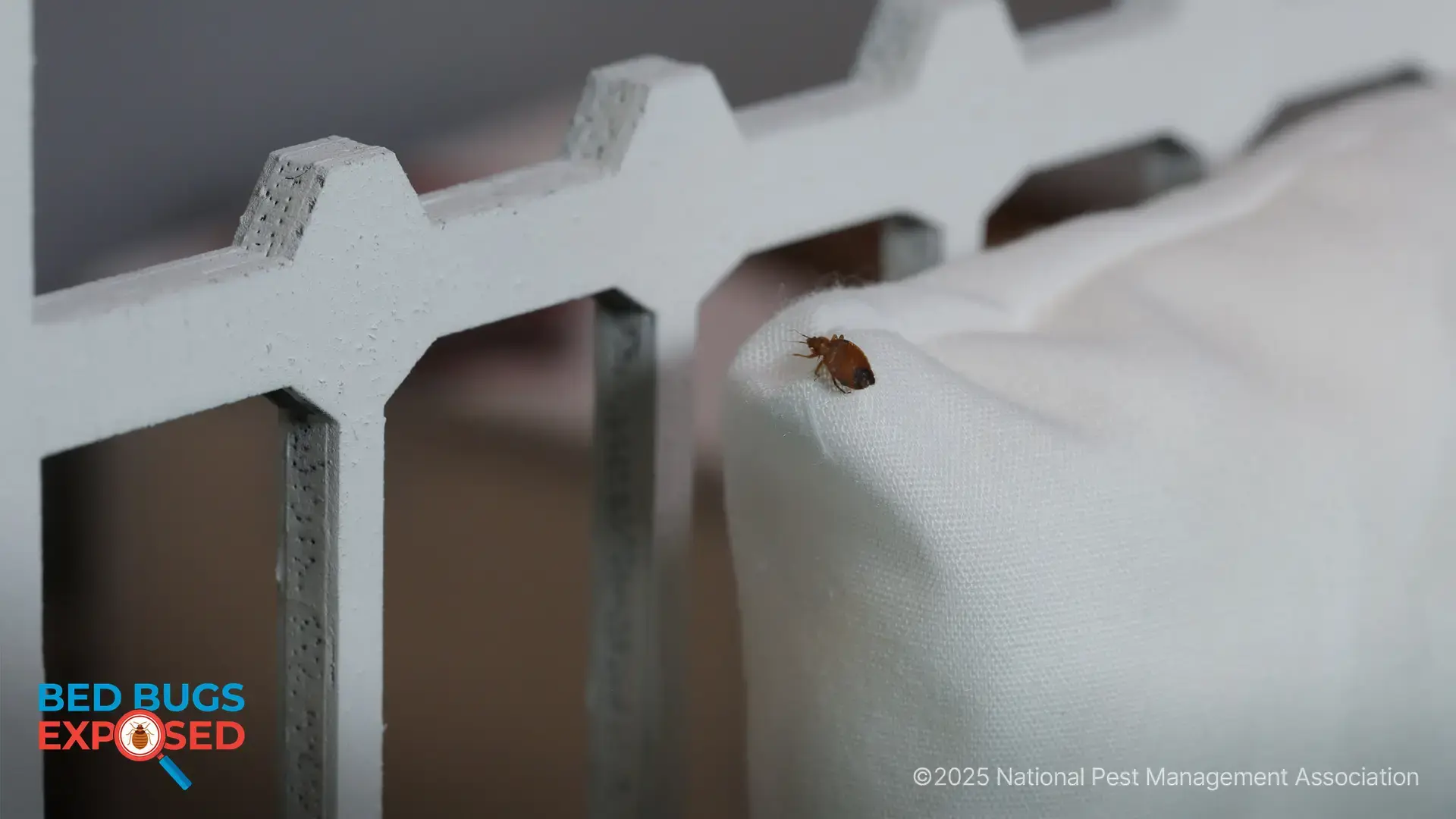The Cicada-Geddon of 2024 is Coming!
The National Pest Management Association highlights what to expect from this once-in-a-lifetime dual emergence
FAIRFAX, Va. (May 16, 2024) – This spring, regions across the United States will experience the biggest bug phenomenon in centuries with a rare double brood emergence of Brood XIX, 13-year cicadas, and Brood XIII, 17-year cicadas. In anticipation of the upcoming emergence of adjacent broods, the National Pest Management Association (NPMA) is equipping consumers with key information about periodical cicadas.
“Cicadas are large, flying insects, often known for the loud buzzing sound made by males to attract female mates that can be heard up to half a mile away,” said Dr. Jim Fredericks, Senior Vice President of Public Affairs for NPMA. “Periodical cicadas spend most of their lives underground, but every so often, a massive number of them emerge in a hard-to-miss spectacle.”
This year’s once-in-a-lifetime periodical cicada emergence differs from the annual cicadas that appear throughout late summer. NPMA breaks down some important facts about the emergence to help prepare consumers:
- Timing: Periodical cicadas will arrive as the soil temperatures, about 8” deep, reach 64ºF. Once above ground, they will shed their exoskeletons on leaves, mate, and lay eggs in slits on the ends of small tree branches for about one month before the adults die off.
- Location: Broods XIX and XII will primarily inhabit the Midwest and Southeast U.S., specifically in Alabama, Arkansas, Georgia, Illinois, Indiana, Iowa, Kentucky, Louisiana, Mississippi, Missouri, North Carolina, Oklahoma, South Carolina, Tennessee, Wisconsin, and Virginia. In Illinois, the two broods may overlap.
- Impact: Periodical cicadas present minimal risks to our health and homes, primarily regarded as nuisance pests. Most grievances concerning cicadas revolve around their noisy behavior and shedding shells. However, cicadas can negatively affect young trees so people may want to protect their trees by covering tree saplings with netting or cheesecloth.
“This synchronized emergence of Broods XIX and XII, seen for the first time since 1803, is something to be admired,” Fredericks added. For additional information about cicadas and other pests, visit PestWorld.org.
###

Learn About Rodents
Rodents invade millions of homes each winter. Learn more about them!

NPMA's Bug Barometer Forecast
The latest Bug Barometer® forecast from the National Pest Management Association reveals what homeowners across America can expect from pest activity this fall and winter.

NPMA's Bed Bugs Exposed Project
Check out NPMA's Bed Bugs Exposed project to learn more about this hitchhiking pest and how to prevent an infestation at home.

About the National Pest Management Association
The NPMA, a non-profit organization with more than 4,000 members, was established in 1933 to support the pest management industry's commitment to the protection of public health, food and property from the diseases and dangers of pests. For more information, visit PestWorld.org or follow @PestWorld on Facebook, X, Pinterest, TikTok and YouTube and @PestWorldOfficial on Instagram.

Learn About Rodents
Rodents invade millions of homes each winter. Learn more about them!

NPMA's Bug Barometer Forecast
The latest Bug Barometer® forecast from the National Pest Management Association reveals what homeowners across America can expect from pest activity this fall and winter.

NPMA's Bed Bugs Exposed Project
Check out NPMA's Bed Bugs Exposed project to learn more about this hitchhiking pest and how to prevent an infestation at home.
